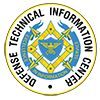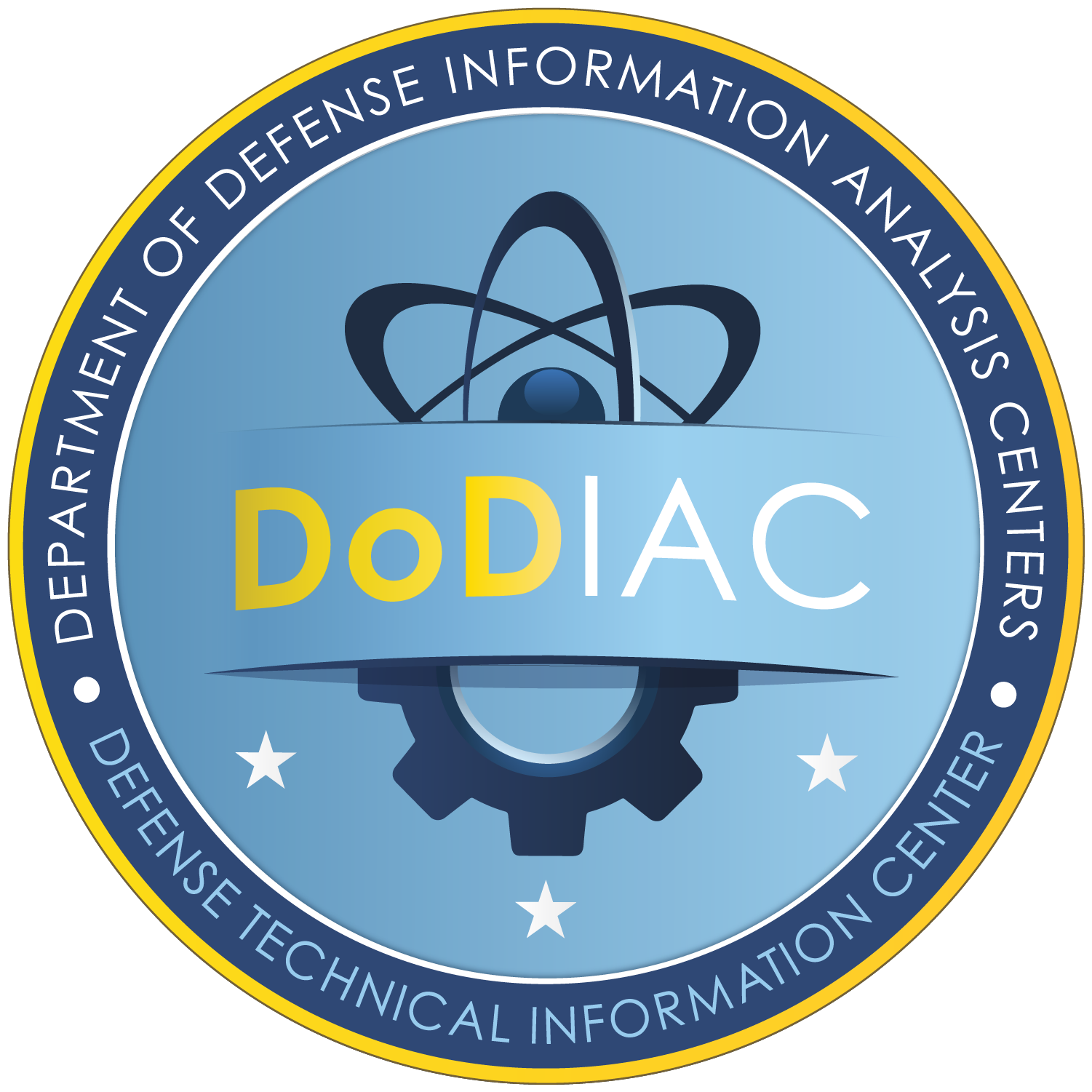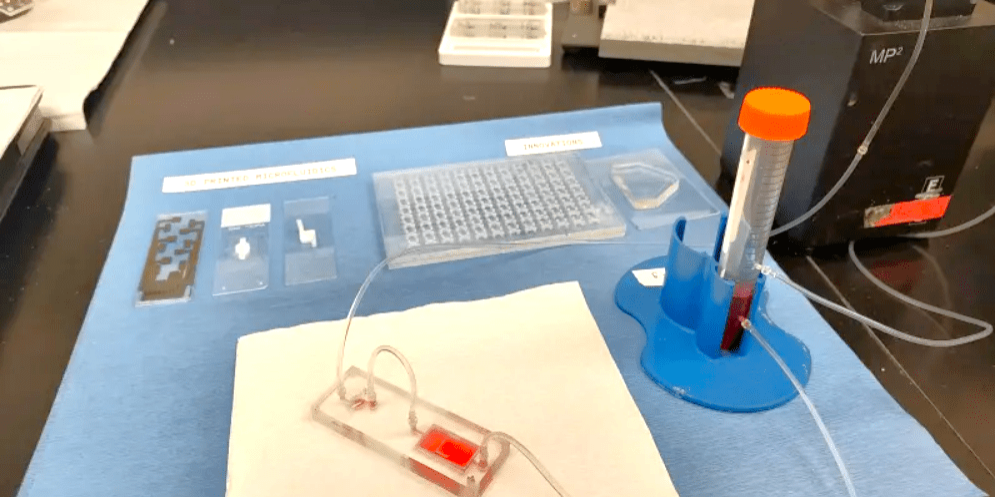Human exposure to chemicals like ammonia and chlorine can be extremely dangerous, especially when they are in a gaseous form. Port and factory workers are at the greatest risk because of the possibility of incidents happening at their workplace. The threat quickly expands to individuals who protect the homeland, such as DHS components, first responders, and others, because it is they who answer the call to an accidental release or planned attack. They run toward the danger, knowing that if they are not able to secure containment immediately, the threat to the general public could be catastrophic.
That’s why S&T is so committed to understanding the risks posed by these chemical agents and is working to mitigate the effects of exposure to them.
S&T’s mission is to protect the American people, and CSAC’s Chemical Hazard Characterization (CHC) team, in partnership with Probabilistic Analysis for National Threats Hazards and Risks (PANTHR) program’s Chemical Threat Characterization project (CTC) is at the leading edge of that effort with their organ-on-a-chip (OOAC) research.
“The organ-on-a-chip studies that we are conducting with our partners at the Wake Forest Institute are incredibly important,” said CTC Project Manager Theresa Pennington. “With our OOAC program, we are 3-D printing lung organ tissue equivalent (OTE) onto a microchip and then exposing that OTE to the toxic vapors. The reason for this approach is that the OTE more accurately represents how real lung tissue inside the human body reacts to the gaseous chemical agents than anything else we can use.”


